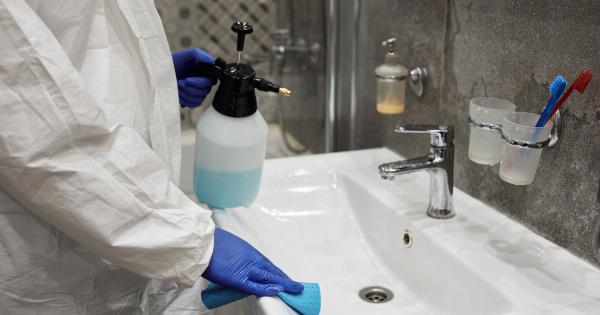Bottle sterilization is a crucial step in ensuring your baby’s health and safety. Proper sterilization of bottles can help eliminate harmful bacteria and prevent infections.
Whether you are using glass or plastic bottles, following these top tips for bottle sterilization will help keep your little one protected.
1. Wash Thoroughly
Before sterilizing your baby’s bottles, it is important to wash them thoroughly with warm soapy water. Use a bottle brush to clean the inside and outside of the bottle, including the nipples and caps. Rinse them well to remove any soap residue.
2. Boiling Method
The boiling method is one of the most common and effective ways to sterilize baby bottles. Place the washed bottles and other feeding accessories in a large pot filled with water. Ensure that all items are fully submerged.
Bring the water to a boil and let it boil for at least 5 minutes. Take extra care when removing the bottles from the boiling water to prevent burns.
3. Sterilizing Equipment
Invest in a bottle sterilizer if you want a faster and more convenient way to sterilize your baby’s bottles. Electric steam sterilizers are easy to use and can sterilize multiple bottles at once.
Follow the manufacturer’s instructions for proper use and maintenance of the sterilizer.
4. Microwave Sterilization
If you prefer a quick and efficient sterilization method, you can opt for microwave sterilization bags or steamers. These specially designed bags or steamers are placed in the microwave along with a small amount of water.
Follow the instructions provided by the manufacturer for the correct microwave wattage and duration. Allow the bottles to cool before removing them from the bag or steamer.
5. Dishwasher Method
If your dishwasher has a high-temperature setting, you can use it to sterilize your baby’s bottles. Place the bottles upside down on the top rack of the dishwasher. Ensure that the bottles are secure and won’t move or tip over.
Run the dishwasher on the hottest setting, including the drying cycle. Once the cycle is complete, remove the bottles and allow them to air dry completely.
6. Chemical Sterilization
Chemical sterilization is another option for proper bottle sterilization. Chemical sterilizing solutions or tablets are available at most baby stores. Follow the instructions provided with the sterilizing solution or tablets.
It is important to rinse the bottles thoroughly with clean water after chemical sterilization to remove any residue.
7. Storage and Organization
Once the bottles are properly sterilized, it is important to store and organize them correctly. Use a clean and dry container or shelf to store the sterilized bottles. Avoid storing bottles in a way that allows dust or other contaminants to enter.
8. Sterilization Frequency
During the first year of your baby’s life, it is recommended to sterilize bottles and nipples after every use. As the child grows older, regular washing with hot soapy water may suffice.
However, it is still essential to sanitize the bottles at regular intervals, especially after any signs of illness.
9. Inspect Bottles Regularly
Inspect the bottles regularly for any signs of wear and tear, such as cracks or discoloration. Replace any damaged bottles as they may not be effectively sterilized and can pose a risk to your baby’s health.
10. Travel Tips
When traveling with your baby, it may not always be possible to sterilize the bottles as thoroughly as you would at home. In such cases, you can use sterilizing wipes or portable sterilizing solutions to clean the bottles and nipples.
These are convenient options to ensure proper hygiene when on the go.
Conclusion
Proper bottle sterilization is essential for your baby’s health and safety. By following these top tips, you can ensure that your baby’s bottles are effectively sterilized and free from harmful bacteria.
Remember to choose a sterilization method that suits your needs and lifestyle, and always prioritize the cleanliness and hygiene of your baby’s feeding equipment.































